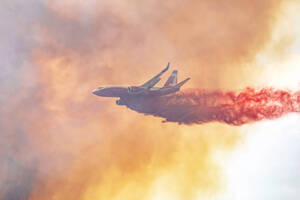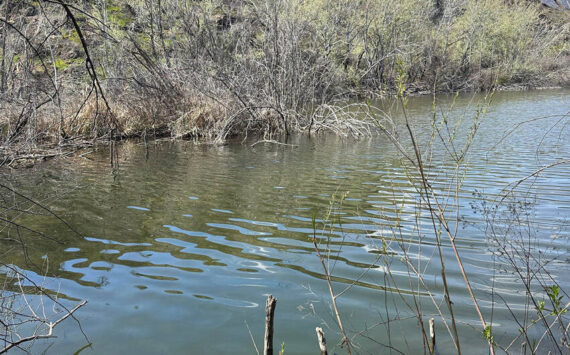Submitted by the Office of Chief, Chief John R. Batiste
OLYMPIA – The Washington State Fire Marshal’s Office joins fire agencies around the state in recognizing the importance of being prepared for wildfire season. In 2022, fire agencies also reported 6,536 natural vegetation fires which resulted in more than $3.2 million in loss. These fires can grow into large wildfires.
More than 1,500 wildfires were reported in Washington State, burning over 173,000 acres according to the Northwest Interagency Coordination Center (NICC).
Last year the SFMO responded to 14 mobilization incidents in which the largest was the Vantage Highway Fire that burned 26,490 acres, and mobilization costs were estimated to be in the excess of $8 million for 2022.
Residents are urged to plan and practice wildfire safety by preparing your property now to reduce the chance of embers and flames igniting material on or near your home.
Homeowners can take the following actions to create a defensible space and protect their home:
· Clear fallen leaves, pine needles, branches, and other debris from roof valleys and gutters. Remember to use extra caution when working on ladders whenever accessing your roof or gutters.
· Remove any flammable materials on the ground around your home, deck, porch, or patio out to a minimum of 5 feet. This includes any mulch, dead leaves or pine needles, shrubs or other plants and materials for construction projects. Wood piles should be kept at a minimum of 30 feet from your home or other structures.
· Make sure trees are limbed at least 10 feet up to reduce the likelihood of a fire getting into the tops of trees.
· Plants that are within 30 feet of your home should be well-watered and spaced to avoid fire moving from plant to plant.
· Grass and weeds should be mowed to a height no more than 2 to 3 inches.
· Keep all vegetation, including grass hydrated.
· Whenever possible, use fire-resistant materials for any home improvement projects.
· Attic and garage vents should be screened with 1/8-inch metal mesh material, or a fire resistive vent design should be used, to prevent ember penetration during the windy conditions of a wildfire.
· Prepare your community by working with your neighbors. Remember, ignition of one home within a neighborhood will threaten other homes so encourage all neighbors within wildfire risk areas to work together to reduce the community risk.
Create a Wildfire Action Plan to prepare your family for evacuation at a moment’s notice.
· An evacuation plan should include alternate routes out of the area and prepacked essentials including medications, family records, credit cards, a change of clothing, and enough food and water for each household member for up to 72 hours.
· Create a family communication plan that designates an out-of-area friend or relative as a point of contact to be a single source of communication among family members in case of separation.
· Be aware of family, friends, or neighbors who have disabilities who require assistance and additional lead-time in order to prepare for a disaster.
· Remember to prepare a plan for pets and other animals.
· If there is a wildfire alert system available in your area, consider signing up to receive notifications.
· When told to evacuate, go promptly and safely. If you feel unsafe at any time during a wildfire, do not wait for an evacuation order – leave immediately. Do not return home until directed by emergency personnel.
For more information, contact the State Fire Marshal’s Office at (360) 596-3929.







